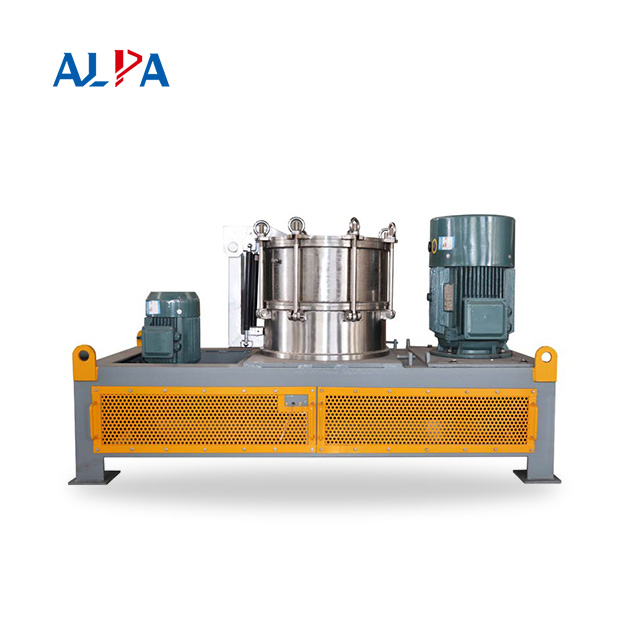Several impact ultra-fine grinding in industry process

The impact ultra-fine grinding process generally refers to the grinding and classification process to prepare particle size distribution d9, ≤10 micron. It can be divided into two types: dry method and wet method. The ultra-fine crushing unit operations (i.e. one-stage ultra-fine crushing) currently used in industry include the following types.
(l) Open circuit process. Generally, flat or disc type, circulating tube type and other airflow mills have self-grading function, so this open circuit process is often used. In addition, this process is often used for intermittent ultrafine grinding. The advantage of this process flow is that the process is simple. However, for ultra-fine grinders that do not have the function of self-classification, since there is no classifier in this process, qualified ultra-fine powder products cannot be separated in time, so the particle size distribution range of general products is wide.
(2) Closed-circuit process, which is characterized by a classifier and an ultra-fine grinder forming a closed-circuit system of ultra-fine crushing and fine classification. This process is often used in continuous powder operations of ball mills, stirring mills, high-speed mechanical impact mills, vibration mills, etc. Its advantage is that it can separate qualified ultrafine powder products in time, so it can reduce the agglomeration of fine particles and improve the efficiency of ultrafine crushing operations.
(3) The open circuit process with pre-classification is characterized by the fact that the materials are classified before entering the ultra-fine pulverizer. The fine-grained materials are directly used as ultra-fine powder products, and the coarse-grained materials then enter the ultra-fine pulverizer for crushing. When the feed contains a large amount of qualified ultrafine powder, using this process can reduce the load of the crusher, reduce the energy consumption per unit of ultrafine powder product, and improve the efficiency of the operation.
(4) Closed-circuit process with pre-grading. This process is essentially a combination of two processes. This combined operation not only helps improve crushing efficiency and reduce energy consumption per unit product, but also controls the particle size distribution of the product. This process can also be simplified to only one grader, that is, pre-grading and inspection grading are combined into the same grader.
(5) Open circuit process with final classification. The characteristic of this crushing process is that one or more classifiers can be installed after the crusher to obtain two or more products with different fineness and particle size distribution.
(6) With pre-grading and final grading open circuit process, this process is essentially a combination of two processes. This combined operation can not only pre-separate some qualified fine-grained products, but also reduce the load on the crusher, and the final classification equipment can obtain two or more products with different fineness and particle size distribution.
The number of crushing stages mainly depends on the particle size of the raw materials and the required product fineness. For raw materials with relatively coarse particle sizes, a process of fine crushing or fine grinding and then ultra-fine crushing can be used. Generally, the raw materials can be crushed to 200 mesh or 325 mesh and then an ultra-fine crushing process can be used; for product particle size requirements For materials that are very fine and easy to agglomerate, a multi-stage ultra-fine crushing process in series can be used to improve operating efficiency. However, generally speaking, the more crushing stages, the more complex the process flow and the greater the engineering investment.
In terms of grinding methods, ultra-fine grinding processes can be divided into three types: dry (one or more stages) grinding, wet (one or more stages) grinding, and dry-wet combined grinding. The following introduces several typical ultra-fine grinding process flows.
